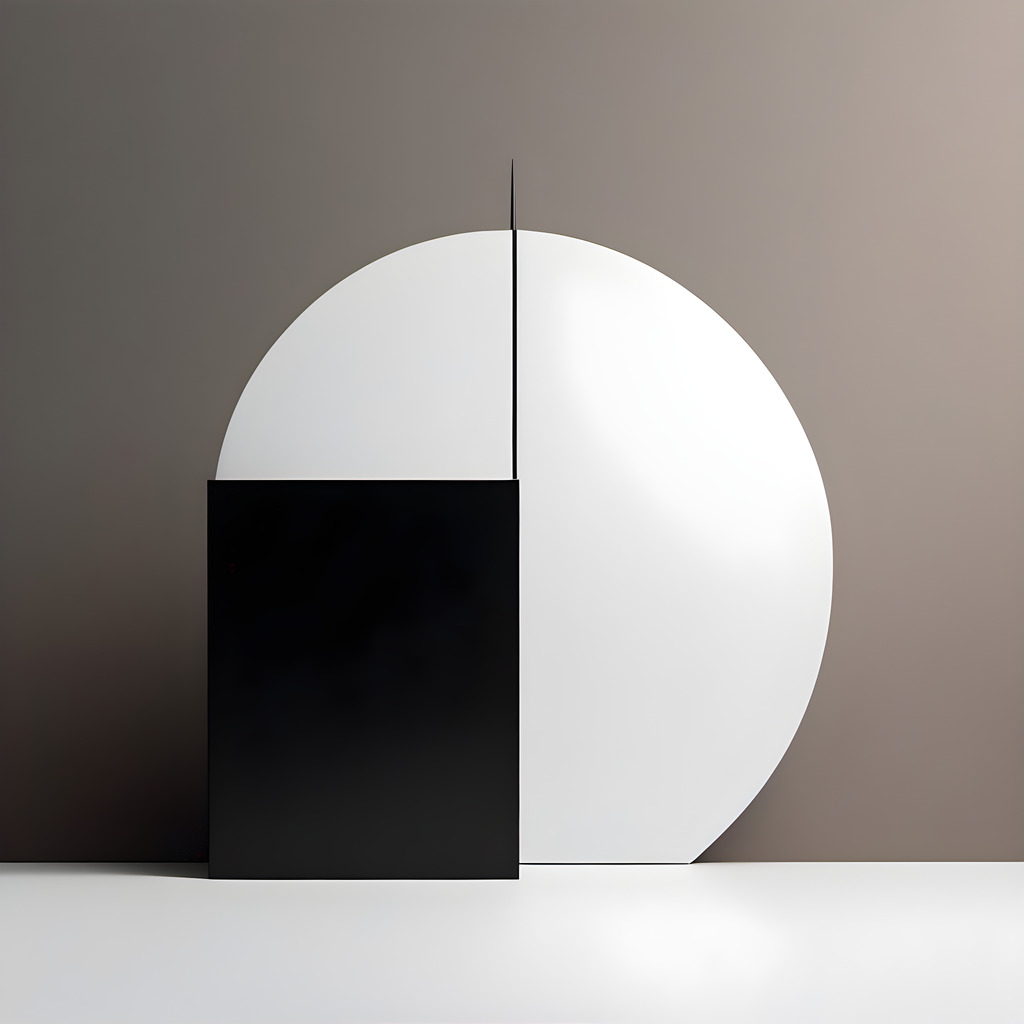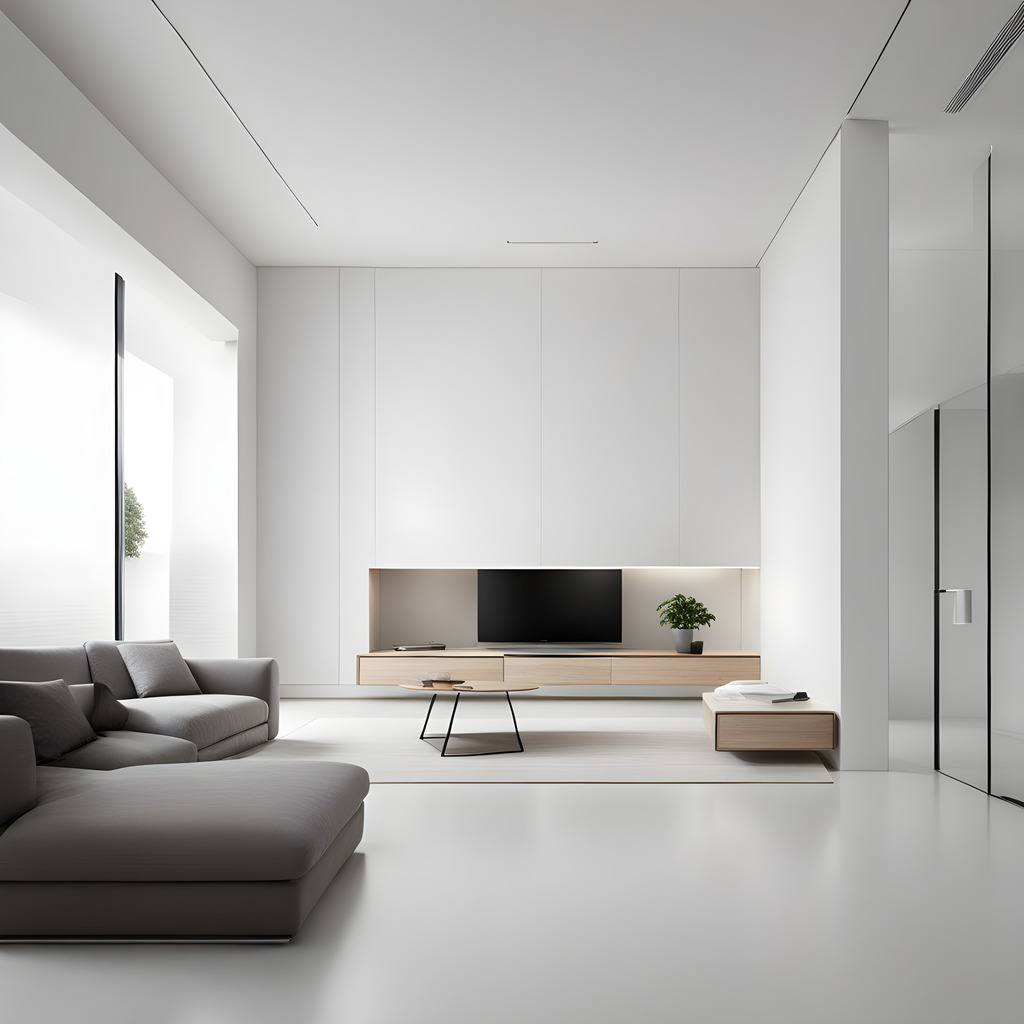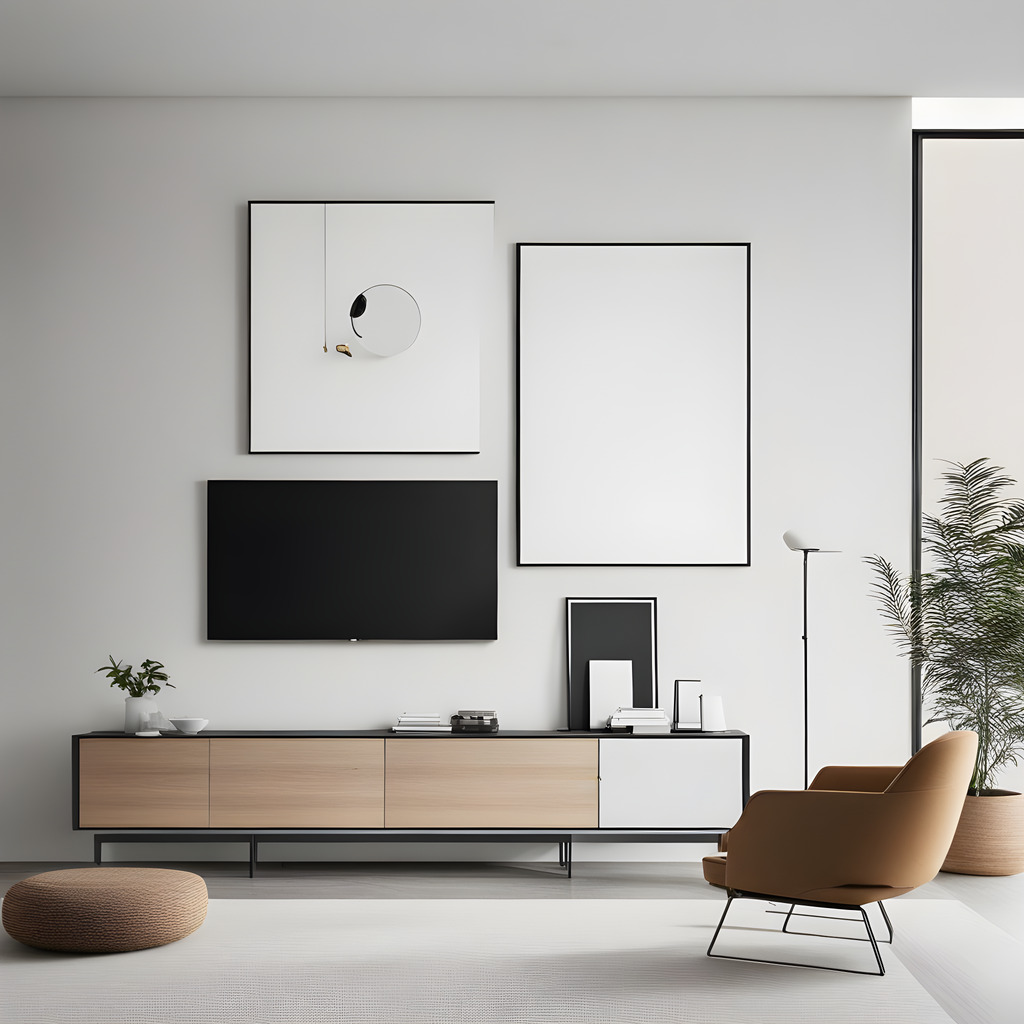In recent years, minimalist design has gained popularity and captivated both customers and designers. A new era of design has emerged as a result of its simplicity, clean lines, and emphasis on function. This essay will examine the factors that contribute to minimalist design’s appeal to a wide audience as well as its effects on contemporary culture.
The Benefits of Minimalist Design
Numerous benefits of minimalist design have led to its widespread acceptance. Its emphasis on simplicity, which enables a clutter-free and aesthetically pleasing aesthetic, is one of the main advantages. The minimalist design brings tranquility and order to our hectic lives by removing extraneous details.
Furthermore, minimalist design is more than just visually appealing. It significantly affects our mental health. A much-needed break from the relentless barrage of information in today’s society is offered by minimalist design. Minimalist design’s clear, uncluttered visual language lessons cognitive strain so that consumers may concentrate on the important components and content. This minimalism fosters a sense of peace and mindfulness in addition to improving the user experience.
The emphasis on functionality in minimalist design is another benefit. Users can connect with items or websites more easily and seamlessly when there are less distractions when navigating through interfaces. Because it improves usability and streamlines the user experience, minimalist design is popular with both designers and users.
The basic style also encourages clear communication. The main idea or goal of a design is made more visible and intelligible by removing extraneous components. A website, a logo, or product packaging that uses minimalist design makes sure the intended message is communicated succinctly and effectively. This clarity strengthens the bond between the user and the design while also improving brand identification.
Apart from its pragmatic advantages, minimalist design also contributes positively to the environment. Minimalist design frequently uses less materials and resources by employing clean lines and fewer components. This eco-friendly strategy promotes ethical design methods and is in line with the expanding sustainability movement.
Furthermore, minimalist design is incredibly flexible and adaptive. Because of its simplicity, it may be easily incorporated into a variety of design trends and styles. Modern, retro, or futuristic aesthetics may all coexist peacefully with minimalist design, which also works well with other visual languages. Because of its flexibility, minimalist design is a classic option that will never go out of style.
In summary, minimalist design has several advantages beyond just being aesthetically pleasing. Minimalist design has gained popularity among designers and consumers for a variety of reasons, including its capacity to promote simplicity, lower cognitive load, improve usability, and facilitate efficient communication. Its versatility and environmentally conscious methodology strengthen its standing as a design concept that continues to influence both the digital and physical environments in which we live.
The Impact of Minimalism on Modern Society
In addition to its effects on the design sector, minimalist design has touched contemporary culture at large. The world is getting faster and faster, but minimalist design provides a break from information and visual overload.
We are urged by minimalism to embrace simplicity and give up our excessive material belongings. This mentality change is in line with the expanding trend of sustainable living, where consumers are choosing durable, useful goods over disposable, wasteful ones and are increasingly aware of their environmental impact.
Decluttering is one of the major ways that minimalism has affected contemporary civilization. The guiding principles of minimalist design include eliminating extraneous components and emphasizing what matters most. People who follow a minimalist lifestyle simplify their lives and declutter their physical places as a result of this notion.

People who declutter not only make their surroundings more aesthetically beautiful, but they also feel calmer and more in control of their minds. Research indicates that an untidy environment might lead to elevated stress levels and reduced efficiency. Adopting a minimalist lifestyle enables people to arrange and calm their living environment, which enhances their general well-being.
Additionally, minimalism has affected how we consume and make decisions about what to buy. Minimalism encourages people to be more deliberate with their purchases, which contradicts the culture that supports continuous consumption and the acquisition of material goods.
Quality is prioritized over quantity in minimalist design, encouraging people to spend their money on classic, well-made items that will last a lifetime. This change in consumer behavior encourages a more sustainable way of consuming as well as less waste. People can contribute to a more sustainable future by limiting their use of fast-fashion and disposable items and instead opting for fewer high-quality items.
Apart from its influence on the behavior of consumers, minimalism has also shaped the digital environment. People are inundated with information and visual stimulation on a regular basis due to the rise of social media and continuous connectedness. A visual respite from this overpowering digital world is provided by minimalist design concepts.
Minimalist websites and applications emphasize clear layouts, lots of white space, and straightforward typography. This design strategy exudes sophistication and elegance while also improving the user experience by minimizing distractions. Businesses and individuals can make the internet more aesthetically beautiful and user-friendly by implementing minimalist design concepts.
In summary, minimalism has an influence on contemporary life outside of the design sector. It has affected how we engage with, live in, and use the digital environment. We may design a more sustainable and well-balanced lifestyle by embracing minimalism, clearing out our digital and physical environments, and making thoughtful purchases. In a society that frequently prizes abundance and never-ending stimulation, minimalism provides a welcome perspective and serves as a helpful reminder of what really matters.
What Makes Minimalist Design Appealing?

The ageless and adaptable quality of minimalist design is among the factors that make it so appealing to so many individuals. Simple font, a neutral color scheme, and clean lines make minimalist design timeless even with the ebb and flow of trends.
This adaptability crosses several industries as well. Architecture, clothing, interior design, and even branding all use minimalist design. Because of its versatility, it can be easily incorporated into a variety of settings, which makes it a top option for designers looking for a clean, modern aesthetic.
Exploring the Rise in Popularity of Minimalist Design
There are various reasons why minimalist design is becoming more and more fashionable. Technological developments have greatly influenced the aesthetic of minimalist design. In order to achieve maximum usability and legibility on mobile devices, designers have had to simplify their interfaces.
The rise in popularity of the trend has also been aided by the appearance of social media sites like Instagram, which are renowned for their simple and elegant designs. People’s exposure to visually appealing minimalist content is growing, which fuels their desire to adopt this style for themselves.
